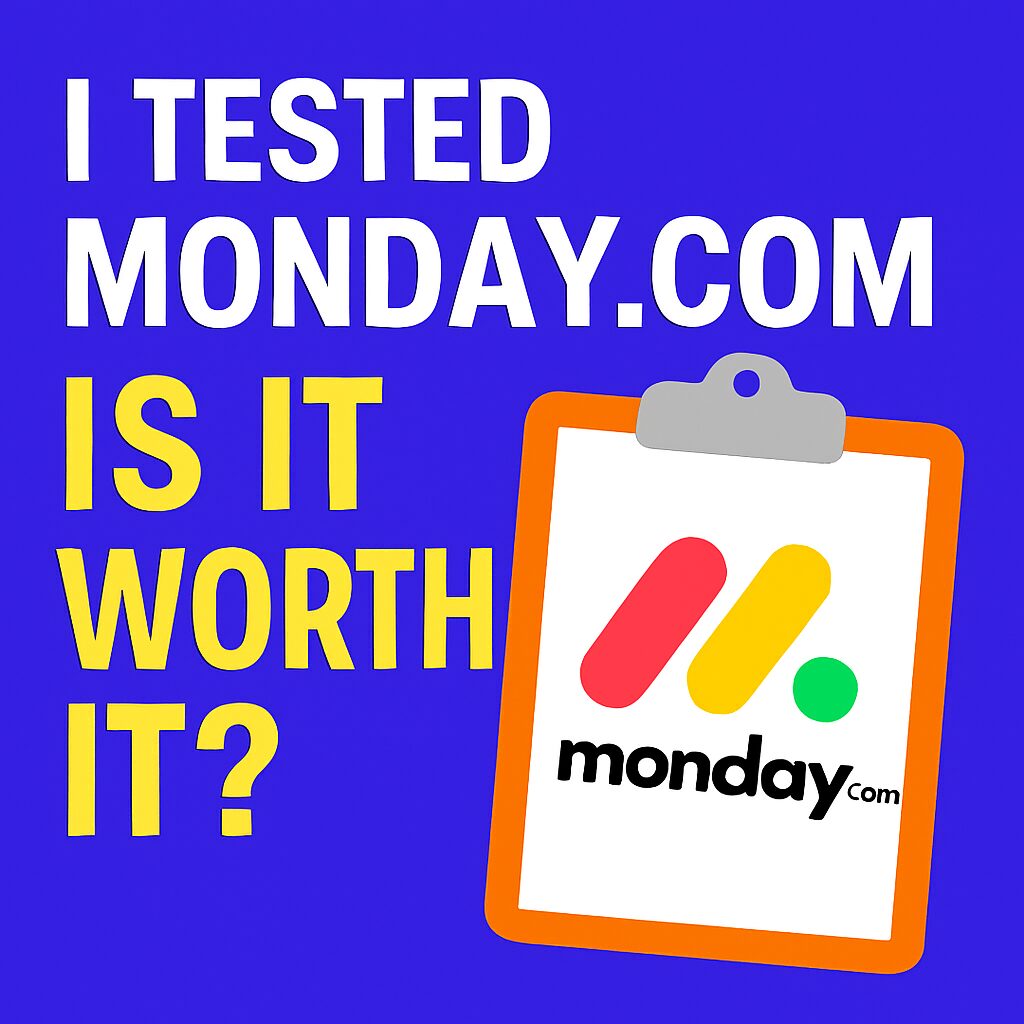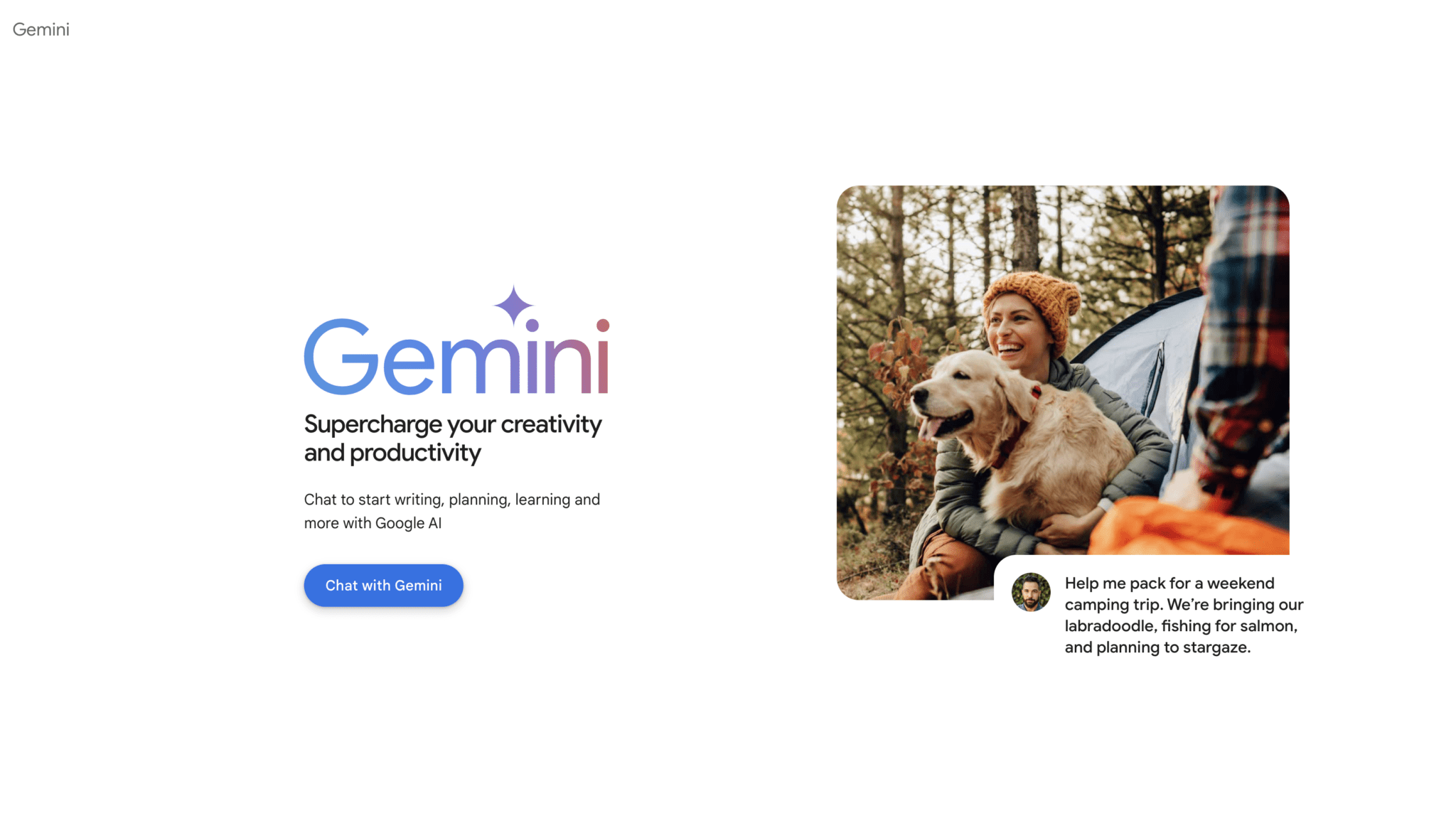Everybody loves a good CRM system. Not only does it streamline your workflow, it also catapults your team’s organization into a whole new league. Salesforce is one of the top dogs when it comes to CRM systems, and this article is going to focus on how to integrate it with all your favorite video conferencing tools: Google Meet, Zoom, MS Teams, and of course, tl;dv.
Integrating Salesforce with your video call recordings ensures you’re getting the most value out of every interaction. It streamlines customer data, making your CRM work harder for you. Wondering how a CRM meeting integration can enhance customer profiles? Let’s dive in.
We’re gonna show you the benefits of seamlessly integrating your recorded meetings into CRM systems, then we’re gonna show you how to specifically do it with Salesforce, and finally, we’re gonna tell you why it’s probably better to record your online meetings with a dedicated online meeting recorder like tl;dv…
In fact, why save the best until last?
tl;dv: One Meeting Recorder to Rule Them ALL
Recording meetings using Google Meet, MS Teams, or Zoom’s built-in recorders is a thing of the past. They’re not designed with the user in mind – it’s more of an afterthought feature to get a simple recording. When you want to get a cutting edge recording that makes it quick and easy to juice for insight, you’ve got to find something a bit more specialized.
Meet tl;dv!
This powerhouse of an app doesn’t just record your meetings, it mines them for insights on its own. That’s right. tl;dv automatically plucks insights from your calls, timestamping them so you can jump straight to the relevant bits, and then (if you’ve set up the Salesforce integration) it’ll send that data straight to your CRM without you needing to do a thing.
You can also set up recurring reports based on any specific topic you want. These reports will get delivered to your inbox on a regular basis and keep you up to date on all your team’s meetings simultaenously. Now you can get all the insights from your sales and customer support calls without having to sift through dozens of meeting per week.
We’ll get into more of the details later, but always remember: tl;dv is completely free to get started with. Sign up now and you’ll unlock unlimited call recordings and transcripts. You can’t really go wrong with that…
Salesforce: 4 Key Benefits of a CRM Meeting Integration
1. Detailed Customer Insights
Online meeting recordings use the raw voice of the customer. It lets you access the thoughts of your real-life users so that you can upgrade your product or service. More importantly, a CRM meeting integration with Salesforce allows you to keep track of all your customer interactions in one place. You can keep them clearly organized in a way that’s easy to view at a glance.
All the recorded data you capture from your customers, including video call recordings, can all be stored in the same place. It’s a comprehensive overview of your client, and it makes it super easy to see to bring them to life. With a CRM meeting integration, your customers aren’t just text on a screen. They become walking talking human beings with likes, dislikes, and a sense of humor (sometimes…).
2. Enhanced Communication
Salesforce makes it easy for your team to quickly review past meetings. It ensures the whole team is aligned and aims to minimize understandings between colleagues. You can take this a step further by clarifying meetings even more succinctly with tl;dv’s AI summaries. When you record a meeting with tl;dv, the recording gets sent to all participants at the end of each call. This allows all participants to have the same AI overview.
You can also use tl;dv’s top notch search function. Search via keyword for the topic you’re interested in and tl;dv will show you results directly from the transcript. Found the one you’re looking for? Click on it and you’ll be taken to that exact moment in the video call.
Another way that Salesforce enhances communication when integrated with your meeting recorder is by allowing new team members to quickly get up to speed. Whether it’s company policy, strategy, or just a past relevant meeting, a Salesforce integration with something like tl;dv makes perfect sense for improving productivity.
3. Employee Training
Recorded meetings are great for a whole number of things: onboarding and employee training are just two of them. Want to maximize your sales? Analyzing your top sales reps rake in the money is a good way to identify successful sales strategies. Are they doing something your other sales reps aren’t? Identify it and implement it.
It becomes super simple when you’ve got a recording of all your sales meetings in one centralized hub like Salesforce. A CRM meeting integration like this allows you to use tl;dv as a follow-up tool to remind yourself of the personality of the prospect you’re targeting. Get ready to connect with them on a deeper level – instantly.
Another way you can use your Salesforce integration to your advantage is by reviewing past meetings and identifying areas for improvement across all your teams. It’s a great way to refine your internal communication and level up all areas of your business.
4. Compliance, Compliance, Compliance…
Compliance is rarely fun. But it doesn’t have to be so time consuming when you are keeping track of all your video calls. Some industries with strict regulations require you to record and archive your meetings within a CRM system like Salesforce, so an integration there can save you big time.
But these recorded meetings are more valuable than that. You can use them to resolve any legal disputes or in-house miscommunications. Everyone has access to the call recording, a.k.a the universal source of truth. If there’s a misunderstanding, it can be addressed quickly and solved before it gains momentum.
When recording with tl;dv, this gets even better! All meeting participants receive a copy of the call recording as soon as the meeting finishes, allowing them to look over it in their own time if needed. They also get an automatically generated AI summary, highlighting all the key topics discussed and any action points to think of next.
How Many More Do You Need?
We could reel off the benefits of call recordings all day, but this article is about how to set up a CRM meeting integration with Salesforce. So let’s get to the meat of it. How do you actually do it?
How to Integrate Your Google Meet with Salesforce
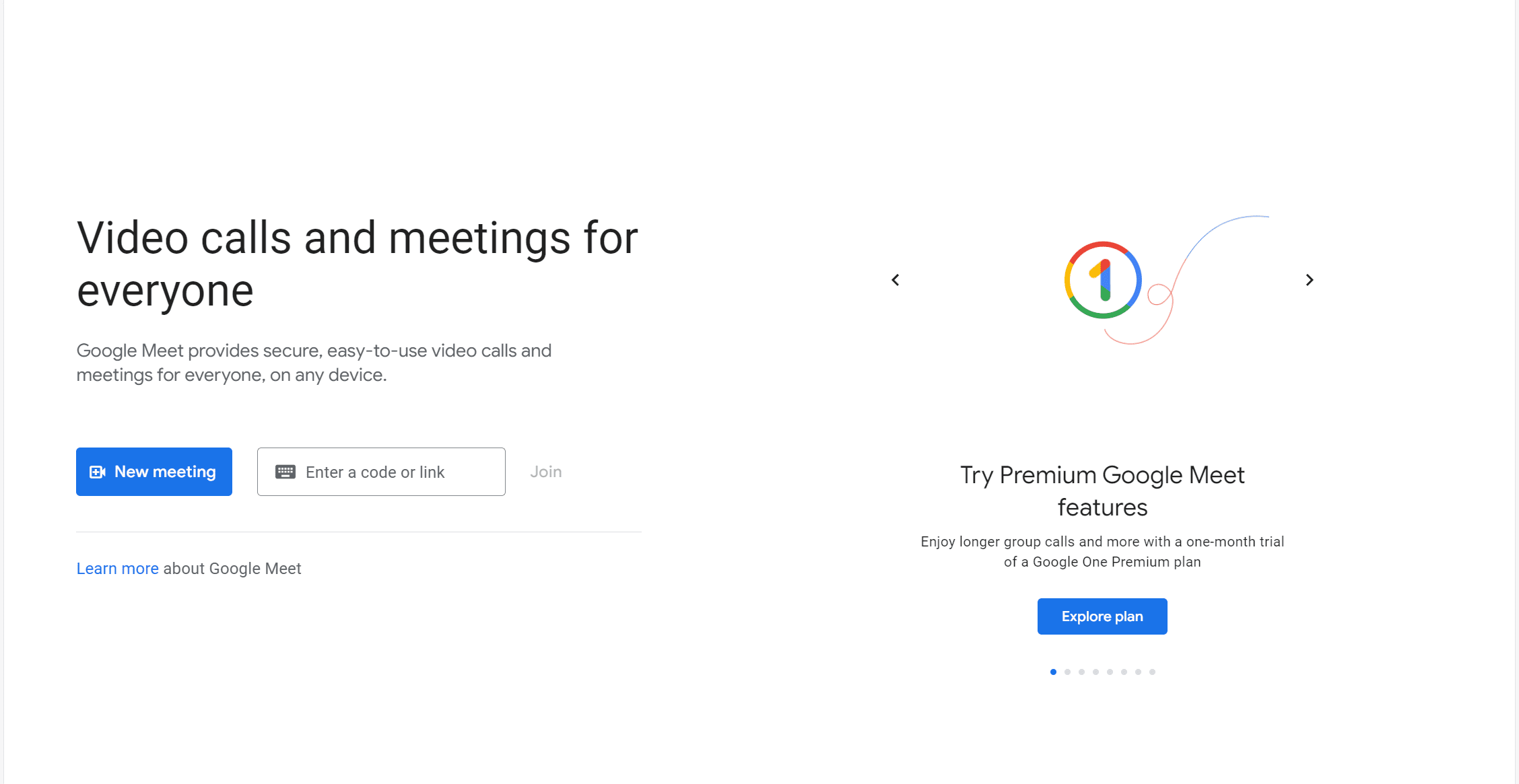
Salesforce is a powerful CRM which enables you to do all sorts of wacky and wonderful things. You can set triggers, choosing them yourself to connect the two apps in a myriad of ways. For a detailed guide about how Zapier’s Salesforce integration with Google Meet works, see their website.
To set up the integration, follow these handy steps:
- First, create a new folder in Google Drive and share it with the email address of your Salesforce account. This will allow Salesforce to access the recordings.
- Next, install the Salesforce for Google Apps add-on from the G Suite Marketplace. This add-on will allow you to import your Google Meet recordings into Salesforce.
- Once you have installed the add-on, open a new Google Sheet and click on the Salesforce menu. From there, select Import Google Meet Recordings.
- You will be prompted to sign in to your Salesforce account. Once you have signed in, you will be able to select the folder that contains your Google Meet recordings.
- After selecting the folder, click on the Import button. Your Google Meet recordings will now be imported into Salesforce.
How to Integrate Your Zoom with Salesforce
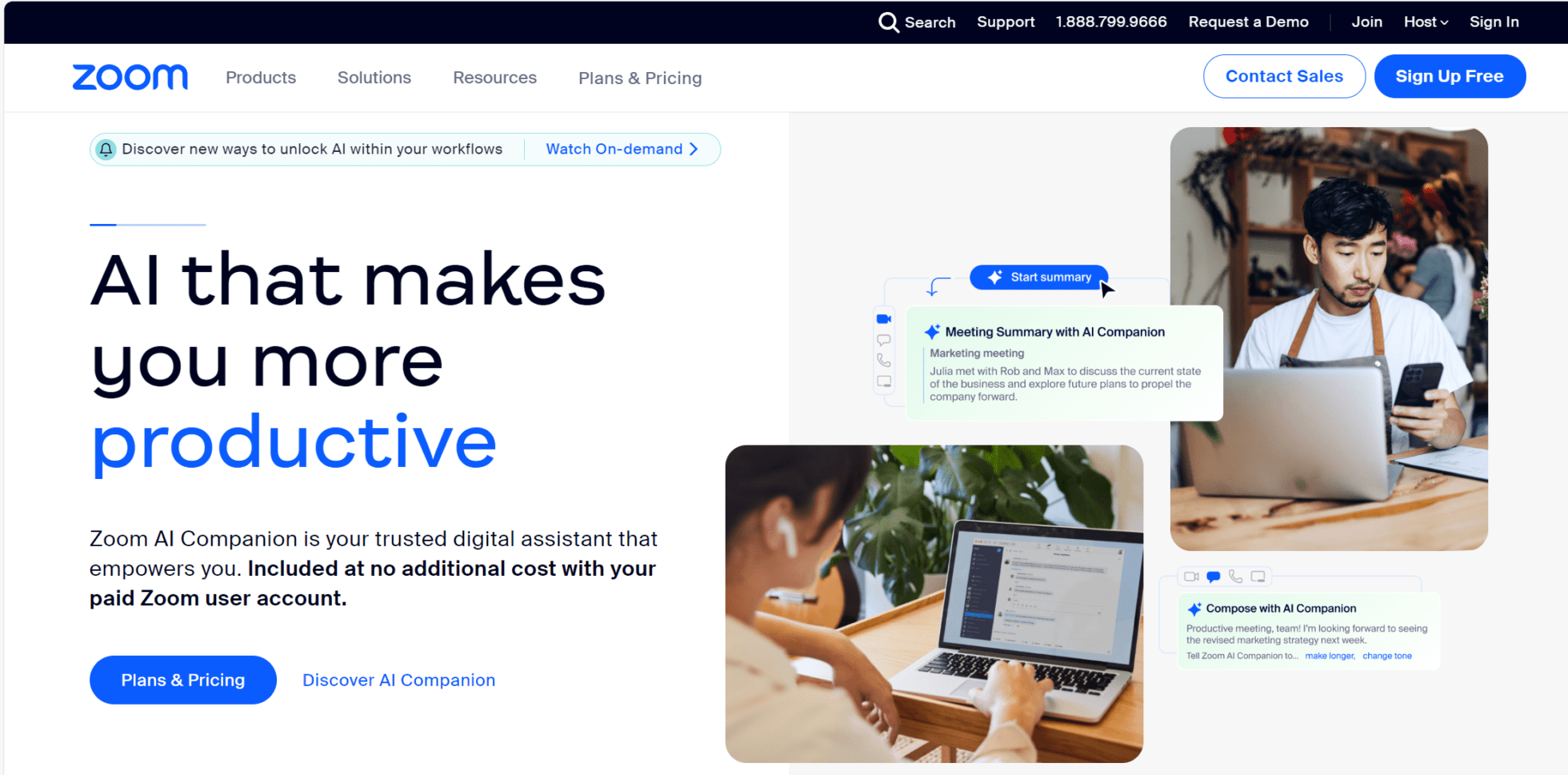
Connecting Zoom with Salesforce is easy. There is one important thing to remember, though. In Zoom, you must enable the Cloud recording and Audio transcript features so meetings and their transcripts are available to Salesforce. After enabling the feature in Zoom, it may take a few days before transcripts are available in Salesforce features such as Einstein Conversation Insights. You can find detailed information about the Zoom Salesforce integration here, otherwise here’s a quick rundown of how to set up the connection:
- From Setup, in the Quick Find box, type in Zoom Video Setup, and then select Zoom Video Setup.
- Accept the terms of service.
- Select Go to Zoom Marketplace and approve install of the Salesforce Sales Cloud 360 app. To approve install, you need Zoom admin rights.
- If you want, you can add excluded email addresses and domains. Meetings with attendees on the excluded lists aren’t recorded.
- Turn on Zoom integration. Sales reps are prompted in Salesforce to connect their Zoom accounts.
How to Integrate Your MS Teams with Salesforce
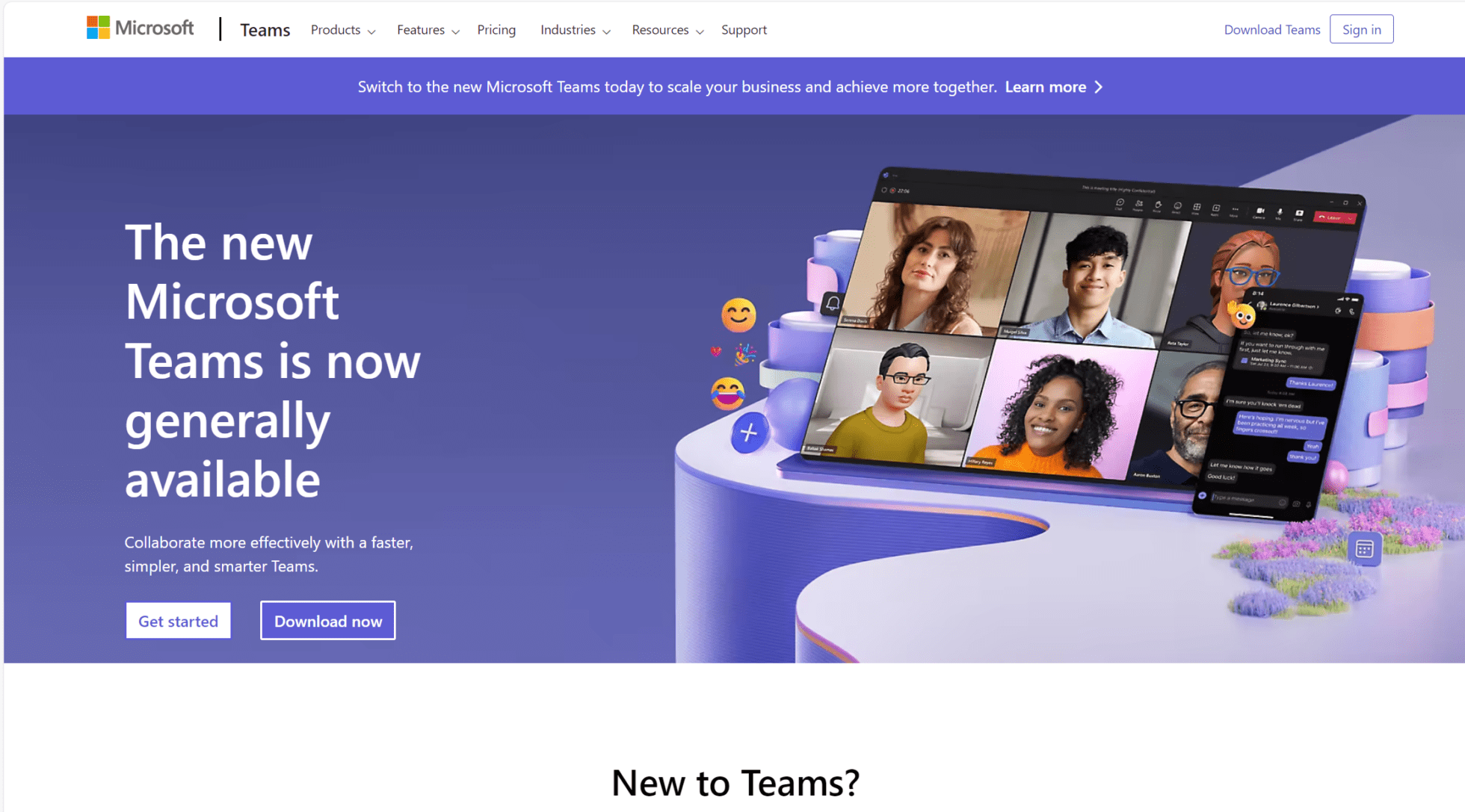
MS Teams is one of the most popular video conferencing platforms, especially for businesses. Like Google Meet and Zoom, you can integrate it directly with Salesforce too. There are plenty of things you can do once this connection has been established, but it works much better with the Desktop app.
To set up your MS Teams Salesforce integration, follow these simple steps:
- Launch Salesforce Setup. Locate the Quick Find search bar and type “Teams” then choose Teams Integration.
- Enable the Teams Integration features for user access.
- Review and accept the agreement.
- Select Assign Permission Set. Give Teams users who require access to the Salesforce app in Teams the User for Teams Integration permission set.
- Choose the type of Salesforce data to be included for a user.
- You must be a Teams Administrator or have permission from one to establish the Salesforce integration. The Teams administrator must add the Salesforce app to the Teams permission policies so that Teams users can access Salesforce.
- Activate Salesforce and turn Teams Integration on. This way, you allow Microsoft Teams users with User permission to access Salesforce data and mention records during their Teams conversations.
How to Integrate Your tl;dv with Salesforce
If you want to really maximize your call recordings but still integrate them with Salesforce, you’re going to want to use tl;dv. Follow these instructions to get it set up. Note: you must have the Pro or Enterprise plan to integrate with Salesforce.
- Go to the Integrations page and look for the Salesforce integration section.
- Click on the “Connect” button, give the required permissions, choose your Salesforce account, and complete the authorization steps. Now your Salesforce account will be connected to your tl;dv account.
- To complete your Salesforce integration setup, ensure you have the configuration settings enabled as shown below:

Select Recording Settings
To enable tl;dv to record and transcribe your scheduled meetings from your calendar, you will need to select which meetings you want tl;dv to automatically record. You can select from:
- All meetings in my calendar
- Only meetings with people in my organization
- Only meetings with people outside my organization
- Don’t record any meetings automatically
By doing this, you can save time on having to manually record each meeting, not to mention uploading them to Salesforce afterwards. tl;dv takes care of the recording and sends it to the relevant area of Salesforce instantly.
With this done, the setup is complete and all your linked meeting moments will be pushed under Tasks directly to the Salesforce profile of the contact you had your call with.
It’s a piece of cake!
Integrate with Salesforce Today!
Salesforce is one of the most popular CRM systems in the world. Establishing video call recording integrations with it is essential for taking your customer experience to the next level. So if you’re using Salesforce, now you know how to connect Google Meet, Zoom, or MS Teams directly for the most seamless integration.
Or if you’re a step ahead of the curve, you’ll integrate tl;dv with your meeting recorder of choice and Salesforce and get better insights delivered straight to your doorstep.




